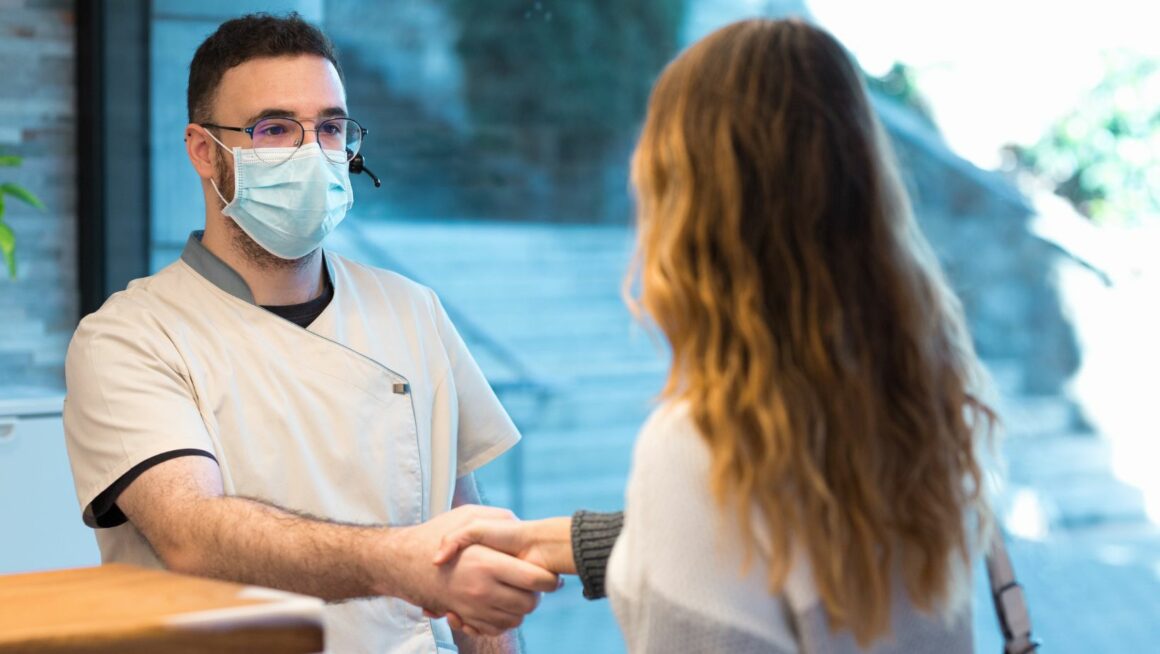Considering a hair transplant? Understanding the costs involved is a crucial step in making an informed decision about this transformative procedure. While the price tag may vary widely depending on several factors, knowing what to expect financially can help you plan effectively and choose the best option for your needs.
Factors Influencing the Cost
When it comes to the cost of a hair transplant, several key factors come into play. First and foremost is the type of procedure you opt for. There are two primary methods: Follicular Unit Extraction (FUE) and Follicular Unit Transplantation (FUT). FUE tends to be more expensive because it involves individual extraction of hair follicles, whereas FUT involves removing a strip of scalp and then dissecting it into grafts. The complexity and time required for each method can significantly impact the overall cost.
Additionally, the extent of your hair loss plays a significant role. The more extensive the balding or thinning areas, the more grafts will be required to achieve satisfactory results. Each graft represents a unit of hair follicles, so larger areas to cover mean more grafts, which translates to a higher overall cost. Professionals like doctor Yaman offer free consultations so you can gain a better idea of what the right approach will be for you.
The expertise and reputation of the surgeon performing your hair transplant are also crucial factors. Experienced surgeons with a track record of successful procedures may charge higher fees. Their expertise not only ensures better results but also reduces the risk of complications, making it a worthwhile investment in the long run.
Location matters, too. Clinics in urban areas or regions with a higher cost of living typically charge more for their services. This discrepancy reflects varying operational costs, including rent, staff salaries, and other overhead expenses.

Lastly, the facilities and amenities offered by the clinic can influence the cost. High-end clinics that provide luxurious accommodations, advanced technology, and personalized care may charge a premium compared to more basic facilities.
Understanding Cost vs. Quality
While cost is undoubtedly a significant factor, it’s essential to balance it with the quality of care and expected results. Opting for the cheapest option may not always yield the best outcomes. Choosing a reputable clinic with experienced surgeons may mean paying a higher initial cost, but it could result in more natural-looking results and fewer complications down the line.
Investing in quality care also includes considering the long-term benefits of a successful hair transplant. A procedure done right the first time can save you money in the long run by reducing the need for additional treatments or corrections.
A Hair Transplant and Washing Your Hair
Taking care of the hair grafts is crucial after surgery. This is going to be what encourages the best results, which include a natural style and thick, healthy hair. Indeed, this means that you have to make adjustments to your routine in the first year of recovery. In particular, washing your hair will change, and being aware of it in advance means that you can get used to the idea. In particular, there are a few things you want to do before a hair transplant, as well as afterward. Here’s what you need to know.
Washing Thoroughly Beforehand
It’s recommended that you wash your hair thoroughly before your surgery. This is going to ensure that the hair is clean, and it can make you feel better about yourself. You won’t be able to wash your hair for a few days after the procedure, so giving the hair a thorough wash beforehand can help you feel clean and tidy.

Just make sure that you don’t apply any products to your hair after you get out of the shower. For example, you don’t want to use styling gels or any hairspray. This is going to ensure the best results from the transplant and reduce the risk of infection.
Tips for After a Hair Transplant
Once the first few days pass, you’ll be able to wash your hair again. However, you would have to adjust your timetable and strategy to ensure that you don’t damage the hair grafts. In particular, you need to be gentle. You want to use vertical movements and not circular ones. You want to avoid high water pressure and washing your hair too often. Both can irritate the scalp and cause damage.
Don’t forget that you must be careful with the products you’re using on your hair. You don’t want anything too harsh that could impact the grafts. Your surgeon can give you recommendations on the best products to use. This will give you peace of mind and ensure that you’re not disrupting the results.
Conclusion
Understanding the costs associated with hair transplants is an essential part of your journey toward hair restoration. By considering the factors that influence pricing, exploring financing options, and prioritizing quality care, you can make a well-informed decision that aligns with your goals and budget.



